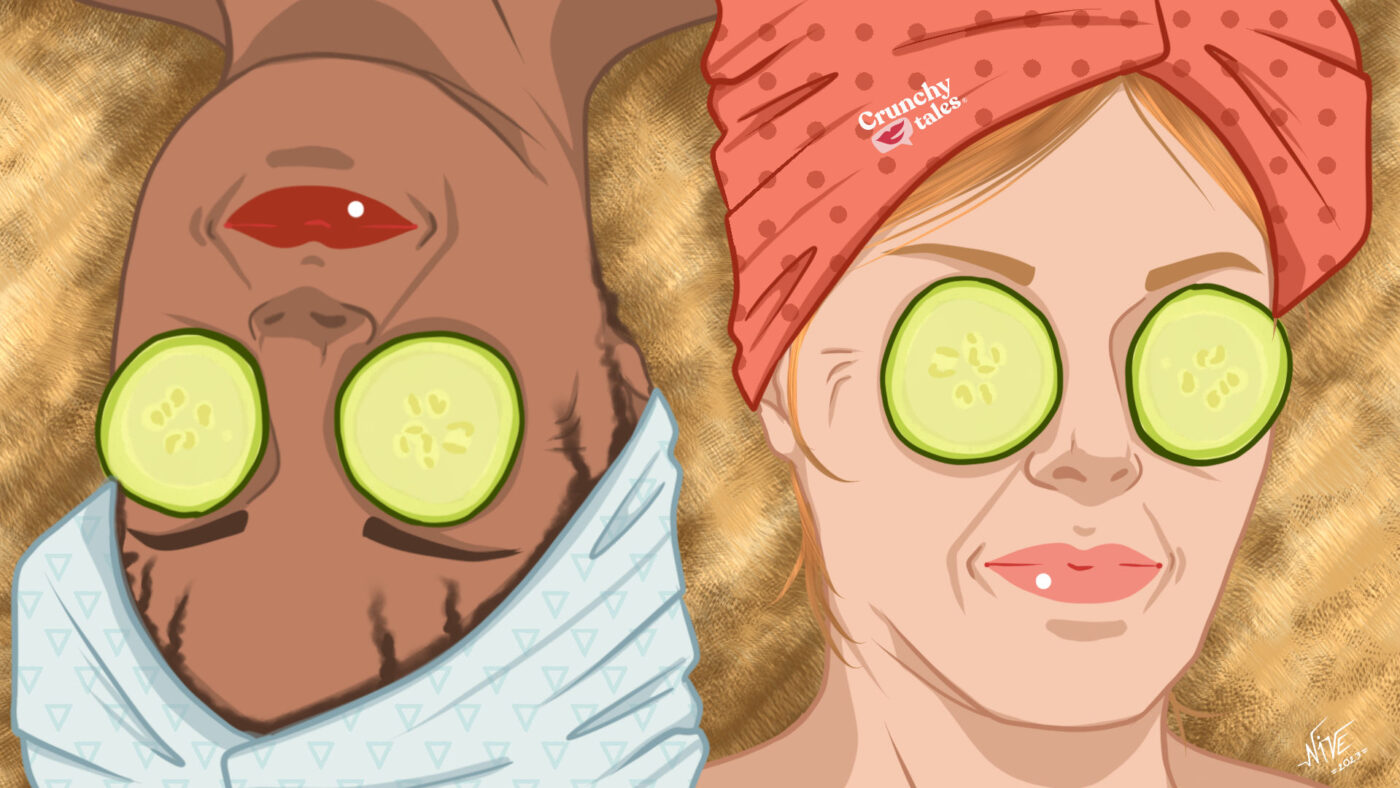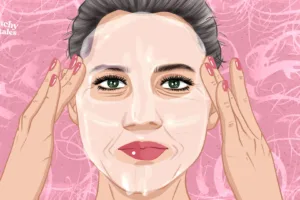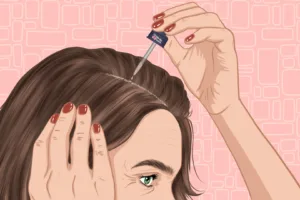The Best Long-Term Solutions For Dark Circles Around Your Eyes
Whether they’re the result of sleep deprivation, a particularly stressful week or a poor diet, tired eyes happen to the best of us. But did you know that the more you age the more likely you are to get those dark circles?
As we get older, the skin naturally loses collagen and grows thinner, so veins will inevitably start to become more visible, giving that awkward shadow effect under our eyes.
“The eye area is one of the body’s most delicate parts of our face and will begin showing signs of ageing in people as young as 30, with dark circles, under-eye bagginess and even crow’s feet“, explains experts at Mayoral Dermatology. “As we age, we also tend to lose volume around the eyes, which leads to exposure of the orbital bone and the development of hollows under and next to the eyes“.
Of course, other factors may contribute to dark circles, such as hyperpigmentation, allergies, sun exposure, smoking, staring at a computer screen for too long, dehydration and genetics.
If you find them bothersome, you can try reducing their appearance with cold compresses, tea bags, and cucumber slices, or conceal them with makeup, but ultimately treatment by a dermatologist is the best long-term solution.
4 dermatological solutions to treat dark circles
Many dark circles are multifactorial with several underlying causes, requiring different approaches to treatments.
There are currently hundreds of skincare methods and products meant for the eyes; from creams to oils, to serums. They offer to reduce under-eye dark circles and fine lines. However, not all of them can give the desired results since most of the ingredients may not be fully absorbed into the problem areas.
As a rule of thumb, the causes of dark circles could be broadly categorised into three main categories: structural, vascular, and pigmentation.
A dermatologist will probably recommend that you receive an examination from your family doctor before deciding on a treatment option. Severe dehydration, liver disease and hypothyroidism represent a few health issues that may be causing dark circles and hollows under the eyes.
By making changes in your diet, supplementing it with vitamins or adjusting your thyroid function with proper medication, your dark circles may disappear on their own.
Having said that, depending on the diagnosis of the cause of the circles under your eyes, your dermatologist can ultimately recommend one of the following solutions.
Skin-lightening cream
To target under-eye hyperpigmentation, a dermatologist might prescribe a skin-lightening cream with azelaic acid or glycolic acid. Some of these creams, in formulas with lower percentages of the active ingredient, are available over the counter.
Laser therapy
Lasers can remove dark circles under the eyes as well as other skin conditions. The level of discomfort associated with the treatment is minimal, as is the recovery time. Actually, most patients undergoing laser therapy can return to their everyday routine immediately, with maybe only a few restrictions.
Along with lightening darker skin tones, laser therapy may induce new collagen formation. The sessions depend upon the severity of the issue. On average, you need 3-4 sessions with an interval of 4 weeks.
Chemical peels
Today’s eye peels are safe and effective at brightening under-eye circles, reducing puffiness beneath the eyes, and removing fine lines and brown spots. Small amounts of lactic acid and trichloroacetic acid are used to exfoliate, stimulate natural collagen production, plump the skin, and even out discolourations.
A dermatologist might suggest a light chemical peel to lighten dark pigmentation under the eyes. Commonly these will also include glycolic acid, retinoic acid or hydroquinone.
Fillers
Experts agree that one of the best treatments to help minimize shadows is injections of hyaluronic acid, a clear gel-like substance that naturally occurs in the skin. Known by brand names like Restylane and Juvéderm, the filler is injected directly into the hollows beneath the eyes to even them so dark circles no longer appear.
Before proceeding, you should bear in mind that the cost of professional dermatology treatment for dark circles will vary depending on the cause and severity of the hyper-pigmentation, the procedure selected, the number of sessions required, the experience of the dermatologist and the reputation and location of the clinic.
In the meantime, don’t forget to wear your sunglasses and drink plenty of water. If not protected and well hydrated, the sensitive skin around your eyes can be easily affected and appear bruised.
Like this post? Support Us or Sign up to our newsletter to get more articles like this delivered straight to your inbox!





